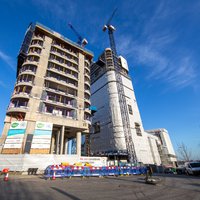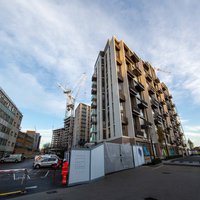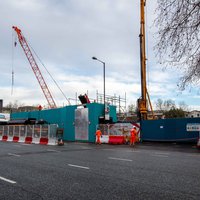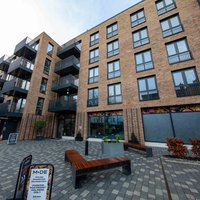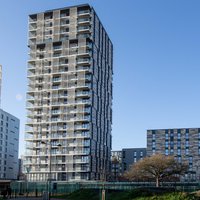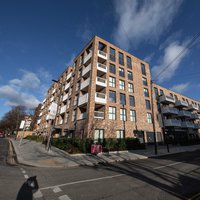2019 cannot be described as a vintage year for London’s residential development industry: construction starts, completions and new homes sales were all down. Despite this, there are now grounds for hope.
On the downside:
- The number of unsold completed stock units is growing, particularly in Outer London. Units that do not qualify for Help to Buy are proving hard to shift.
- The number of schemes where construction has stalled is growing. Usually the projects involve smaller developers, and this raises questions regarding the due diligence carried out by the projects’ funders.
- In developments where units are completing faster than marketing suites can sell them, there are plentiful examples of last-minute bulk deals and changes to a rental strategy.
However, the starts, completions and sales numbers for the final quarter show a marked improvement over the rest of the year. The sales rate in the final quarter of 2019 demands particularly close attention - it was on a par with the average across 2017, which was the second-best year on record. No wonder London’s selling agents are noticeably more upbeat than they were this time last year.
Admittedly 31% of Q4 2019 sales were taken by the BTR sector, which is a much higher share than in previous quarters, but Help to Buy, overseas marketing and a certain amount of price trimming have all made a positive contribution. Q4 2019 sales successes include:
- Bellway’s St George’s Park, RM12, which launched at the beginning of November 2019 and notched up 46 sales by Christmas, mostly through Help to Buy. Apparently some buyers even camped overnight to secure a reservation!
- Mount Anvil’s Three Waters, E3, which had 51 sales at home and overseas.
- Linden Homes’ Brunel Street Works, E16, which launched in mid-October 2019 and 55 units had sold by the end of the year, many through Help to Buy.
- Berkeley’s West End Gate, W2, which saw 63 sales at home and overseas.
So, circumstances are seen to be moving in the right direction and it feels like a corner has been turned. Even some of the industry’s most cynical old hands have hinted that they are starting to consider dipping their toes into the murky water of London’s land market for the first time in years.

